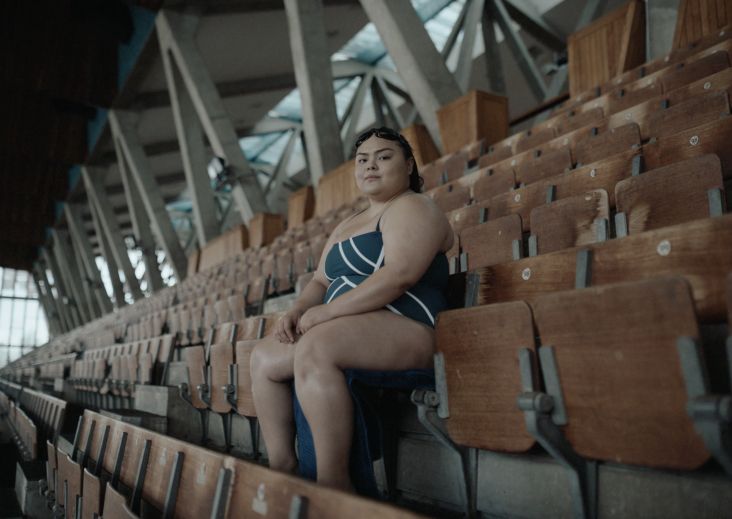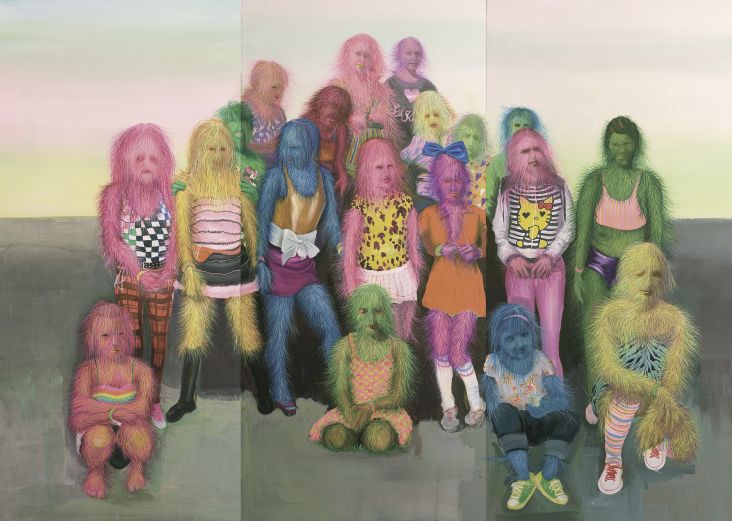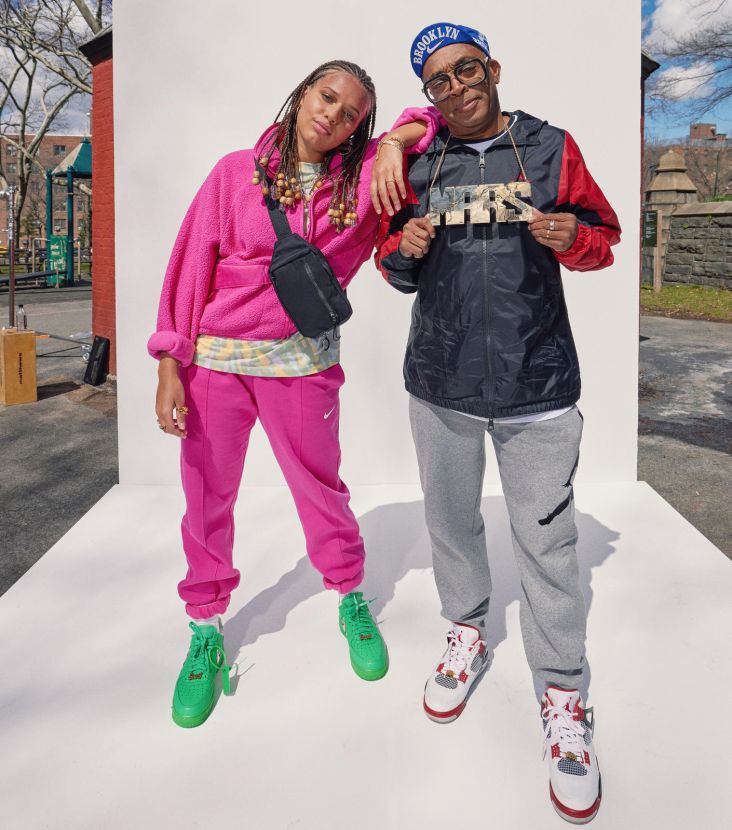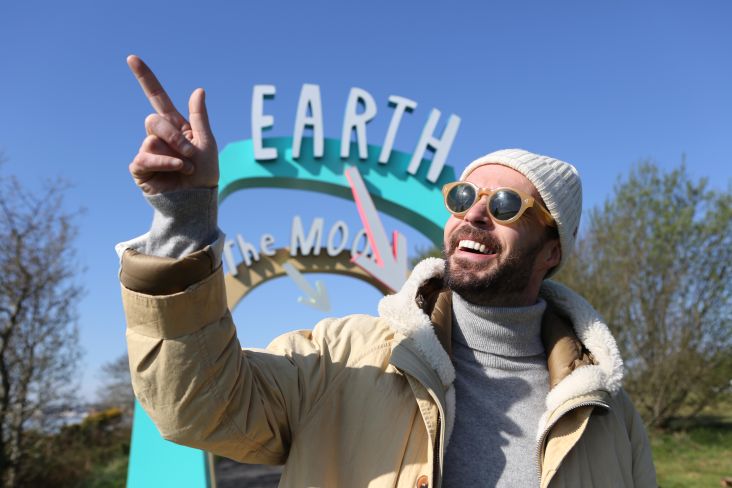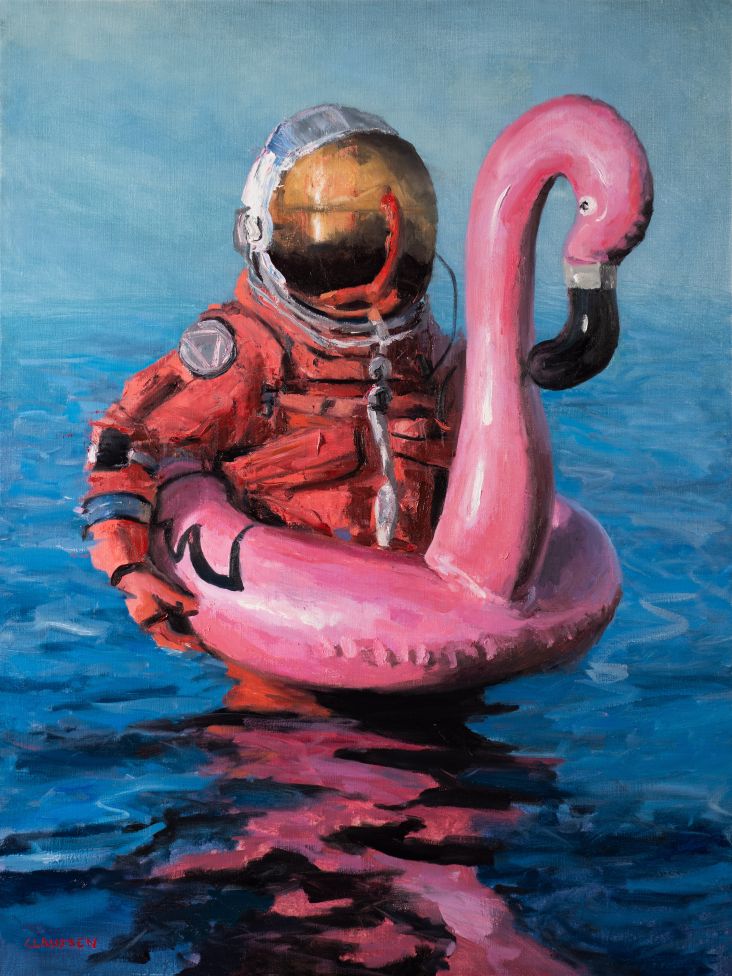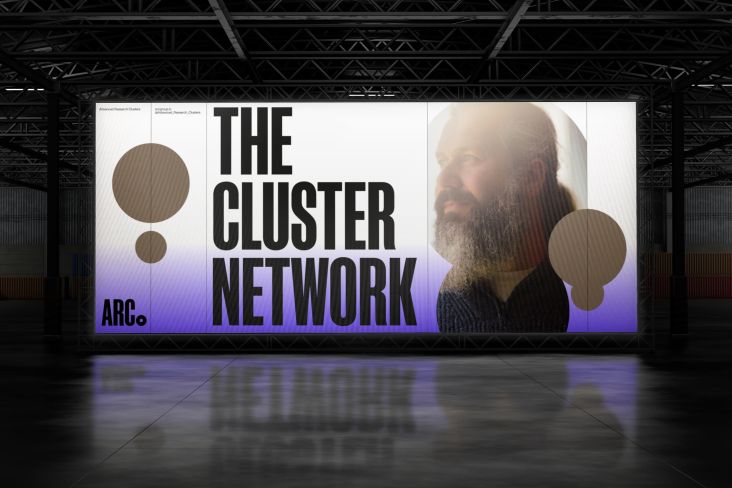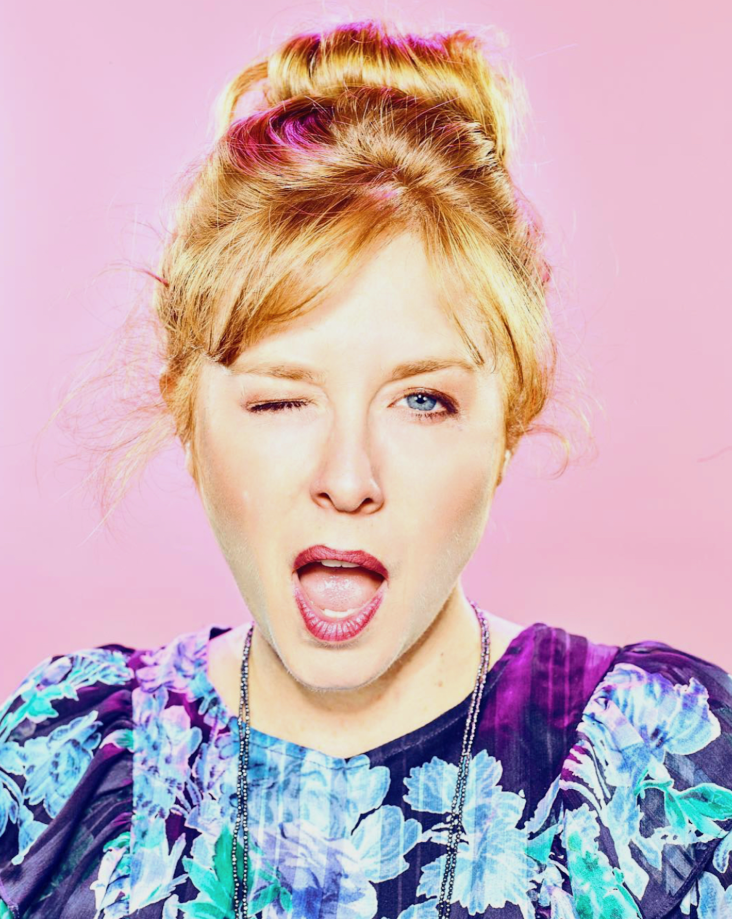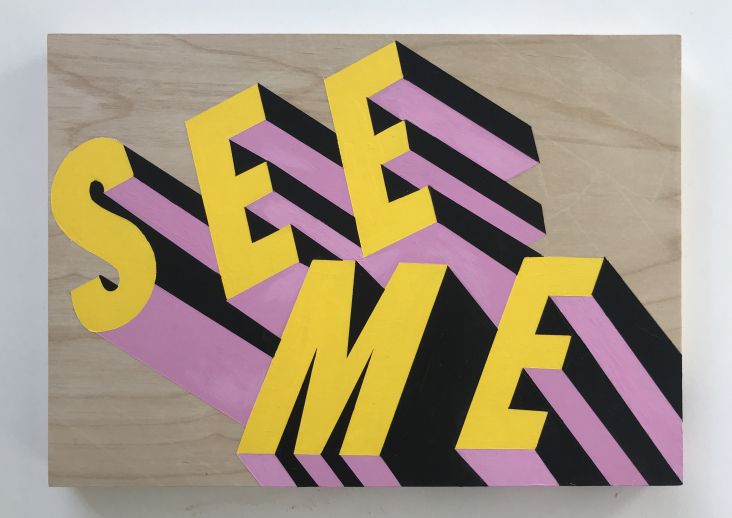Order's Jesse Reed on launching your own design agency and following your creative dreams
For many creatives, the notion of being an associate partner at Pentagram, arguably the world's number one design firm, is the ultimate career dream. Jesse Reed is one of the few who's reached that dizzy goal, spending five years at Pentagram New York from 2012 to 2017 and working under iconic designer Michael Bierut. But being somewhat of a restless spirit, he didn't stop there.
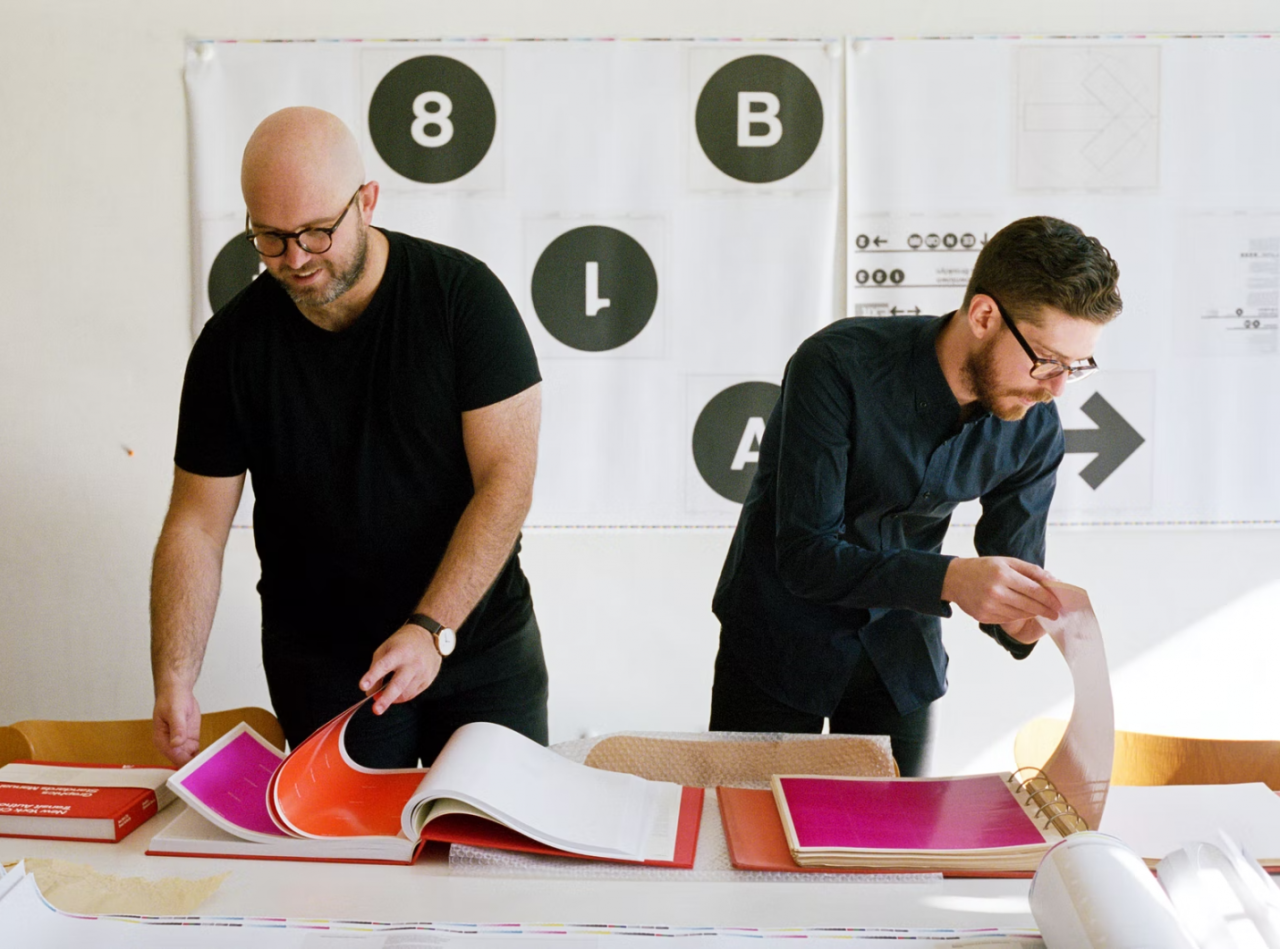
Hamish Smyth & Jesse Reed at Order
In 2014 he teamed up with fellow Pentagram designer Hamish Smyth to found the publishing imprint Standards Manual. The side project began as a Kickstarter campaign to republish classic graphic design manuals, such as the Nasa Graphics Standards Manual and the New York City Transit Authority Graphics Standards Manual. It was a huge hit within the design community and currently lists nine titles on its website.
Then in 2016-17, Jesse and Hamish decided to leave Pentagram and found their own design agency, Order. Specialising in brand identity, publication, signage and wayfinding design, their approach is research-based, systematic, and practical, as encapsulated by their slogan 'Everything is in order'.
We chatted to Jesse about their love of grids and structure, working with Kickstarter, and adapting to the post-lockdown world.
How did you go about founding Order?
There was a moment in Atlanta, Georgia, where Hamish and I were speaking at a conference. We were getting breakfast, and Hamish said: 'You know, I'm thinking about leaving Pentagram, maybe in a year.' And then, minutes later, it turned to six months. And then, minutes after that, it turned to three months. So this idea propelled itself quickly.
I said: 'Well, I've been here for five years. So the time that I could leave is probably coming soon as well.' We were already doing the publishing company Standards Manual together, and that was going really well and taking up so much of our spare time. So we very quickly decided to start our own design practice.
After breakfast, we went on a really long walk and did some Google domain searching. We came up with a name, Order, bought the domain, registered email accounts, and within five hours, we had a plan.
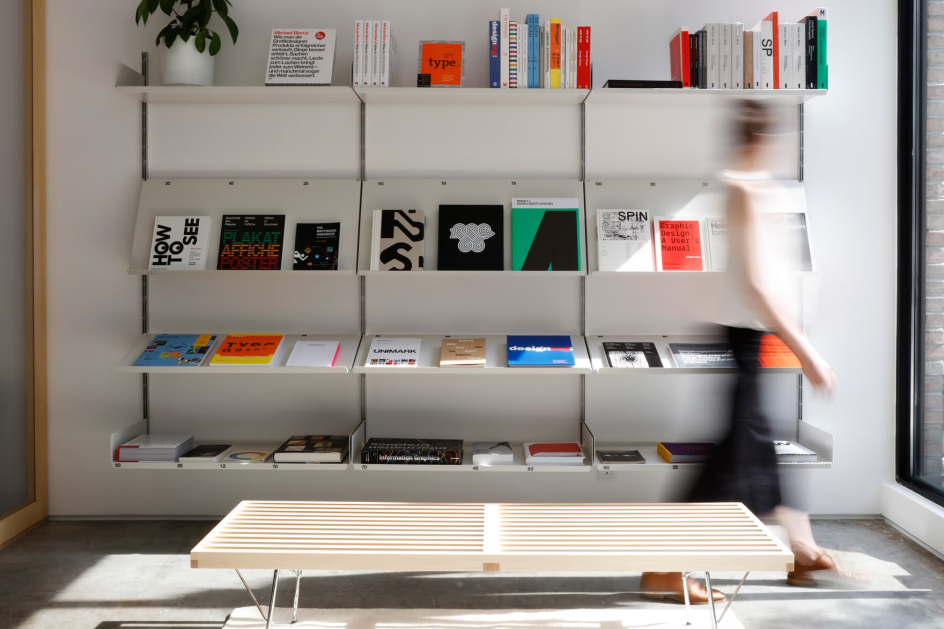
The Order studios
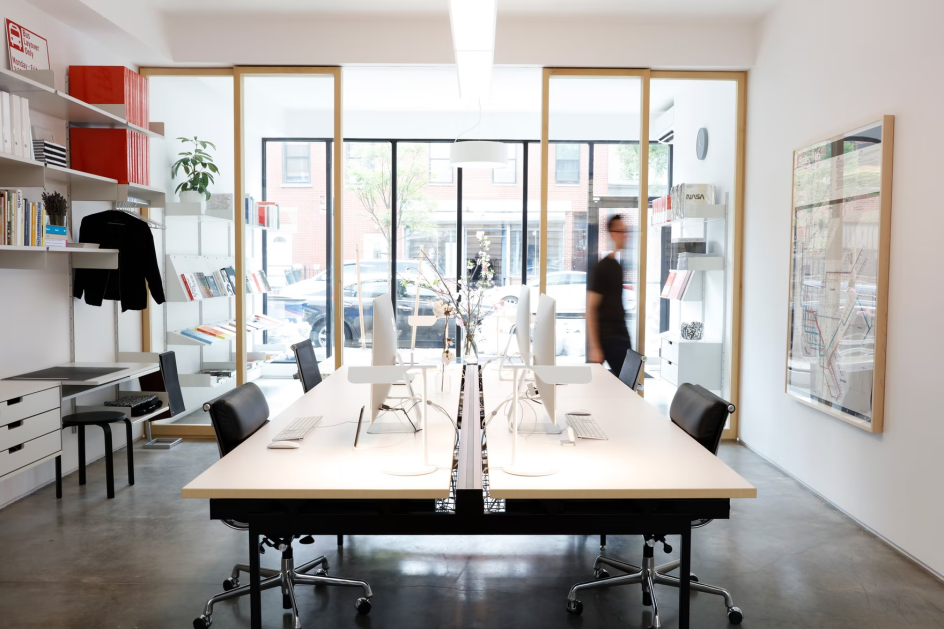
The Order studios
So, how did you come up with the name?
We tried to think about the way we'd describe our approach to design. We're big Massimo Vignelli fans if that's not obvious. And he has a really good quote: 'If you can design one thing, you can design anything.' So we initially thought of the name 'Anything', because we wanted to not only design identities but also books and signage; we didn't want to be isolated to one thing.
Then we thought about 'Everything'. Like, whatever you need, we could design it. But then the reality hit us, that we actually can't design a chair, or a computer, or a car. So then somehow that snowballed into: 'Well, how do we approach design? We organise and put everything in order.' So we came up with this line: 'Everything is in order' first, and then we just shortened it to Order. And that made so much sense because it's how we like to organise things: we're very much into grids and structure.
Was it difficult leaving Pentagram, given its huge place in the design world?
Absolutely, yes. Hamish and I had started Standards Manual in 2014, but neither of us had wanted to leave Pentagram: that was our dream job. We'd loved working for Michael [Bierut], he's the most incredible boss. But after five or six years of being there, you learn so much. At that point, we were both associate partners, so we were running our own projects, more or less independently.
Michael was still very much involved, but he gave us lots of freedom where we didn't even have to run things by him or get approval; you just made the decisions. So I was like, 'Wow, I feel like I could do this almost by myself'; it gives you confidence.
Hamish left after the Mastercard rebrand had launched in 2016, and I stayed around for another six months because it would have been detrimental to Michael's team if we'd both left at the same time. We didn't want to put him or the team in a bad position.
When I told Michael I was going to leave, he said: 'I knew it. I just thought maybe you'd wait another year. So what are you gonna do?' I said, 'Well, me and Hamish are gonna start a thing.' He was like, 'Yeah, that makes sense', and then he gave me a hug. And it was fine.
 © Order](https://www.creativeboom.com/upload/articles/c9/c9a53204c7908649e7e4bdcd415104cb7f671275_944.png)
MoMA © Order
 © Order](https://www.creativeboom.com/upload/articles/87/87a66fdde08056c4718d05ea63023689b11ad3eb_944.png)
Forward Majority © Order
One of Order's first projects was rebranding Kickstarter. That must've felt special?
Yeah, it was wild. Obviously, we'd been creators on Kickstarter, which is how we launched Standard Manual, and Hamish's now-wife, Alex Daly, worked very closely with Kickstarter and other creators. And so somehow, someone at Kickstarter knew we'd started Order.
They initially brought us in for a brand architecture project. And then we pitched them on going a little bit further and rethinking the identity. It wasn't much of a departure. It was very much an evolution. Because of Standards Manual and the books, we'd become known as the 'guidelines people'. In truth, we're no more experts than most graphic designers that deal with guidelines daily: we just so happen to publish books on them. But we'll take it!
I think the pandemic has allowed everyone to realise you don't need to physically be in the same place. We've done so much great work for clients that we've never met physically.
What different things do you and Hamish each bring to the table?
So the reason why Hamish isn't joining me for the interview is that, in the past year, we've launched a third company called Standards – not to be confused with Standards Manual – a web-based guidelines tool. So Hamish is basically 100% focused on developing that, and I'm now 100% focused on Order.
As for our strengths, Hamish is very good at high-level and strategic thinking – being a really good CEO – even though I love the business just as much. At the same time, I'm still very much a crafty designer at heart.
I love making presentations and going into the details. I think I have the strength to foster the creative energy of a team and work on my own projects. I'm very interested in things like kerning, colour comparisons and all that nerdy detail stuff.
Of course, this isn't to say that that doesn't go for Hamish or vice-versa. But those are where our personal strengths lie.
: The Complete Works © Order](https://www.creativeboom.com/upload/articles/0d/0d831c2677647117a2f1714204f5992acb72abb8_944.png)
Dieter Rams: The Complete Works © Order

Songtrust © Order
Since the pandemic, everybody's been moving to a more hybrid model of working. Which do you prefer: working remotely or in person?
I think it depends on who you ask. Our design director, Garrett [Corcoran], he's been with us for almost four years now, and he loves the office environment. I think he wishes everyone was there all the time. Other people, I think, really enjoy the at-home atmosphere. And personally, I like it in-between.
I love working from home: it's my place of concentration and focus. I actually get distracted very easily by other people and other things going on. So even before the pandemic, when I worked at home, I was like, 'Oh my gosh, I got so much done.' But just yesterday, we all went into the office because we have a new intern starting on Monday, and she just wanted to come and say hi. And to be honest, it was great. We were all working and very focused, and it was nice to just be around people. So I like the flexibility of doing both, whenever you choose to do that.
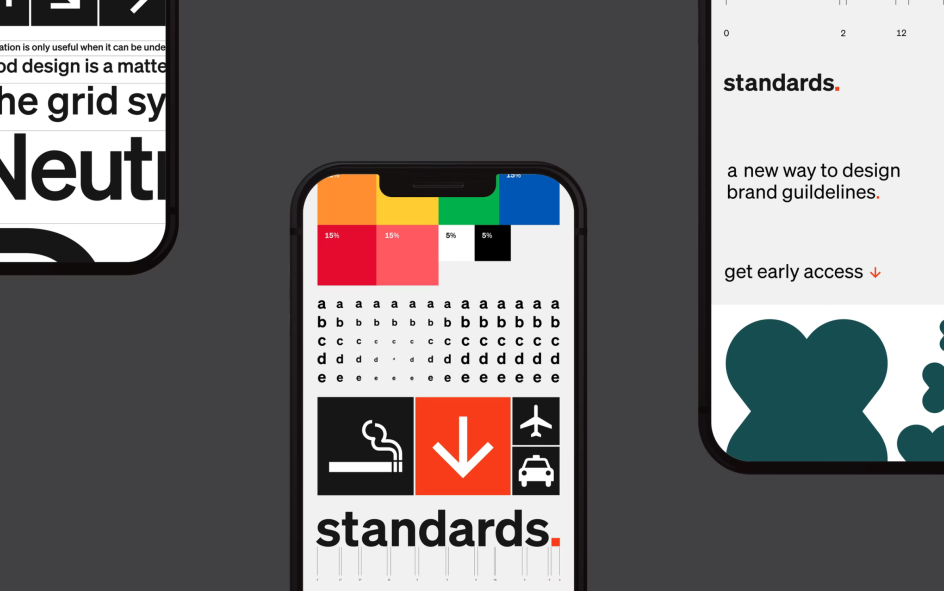
Standards © Order
Is it still important where you're based, though? Does it help to be on the doorstep of these big businesses? To be moving in the same networking circles?
I don't think so. We haven't had any issues winning jobs because of location. I think the pandemic has allowed everyone to realise you don't need to physically be in the same place. We've done so much great work for clients that we've never met physically. It has been nice to see some clients in person, so it's not one-sided, but I don't think it's absolutely critical.
After five years, how are you feeling about Order today?
I don't want to sugar-coat it or say there aren't problems. But yesterday in particular, with all of us being in the studio and seeing everyone working together, I had this moment: 'This is awesome!'
The team is so strong. We're doing such good work. We have so many great clients right now, and there's a lot of fun stuff happening. We just launched a type foundry in December, and we're launching more new stuff in a couple of weeks. So I still have a lot of creative energy and excitement with graphic design that I haven't lost yet, thankfully.




 by Tüpokompanii](https://www.creativeboom.com/upload/articles/58/58684538770fb5b428dc1882f7a732f153500153_732.jpg)


 using <a href="https://www.ohnotype.co/fonts/obviously" target="_blank">Obviously</a> by Oh No Type Co., Art Director, Brand & Creative—Spotify](https://www.creativeboom.com/upload/articles/6e/6ed31eddc26fa563f213fc76d6993dab9231ffe4_732.jpg)








